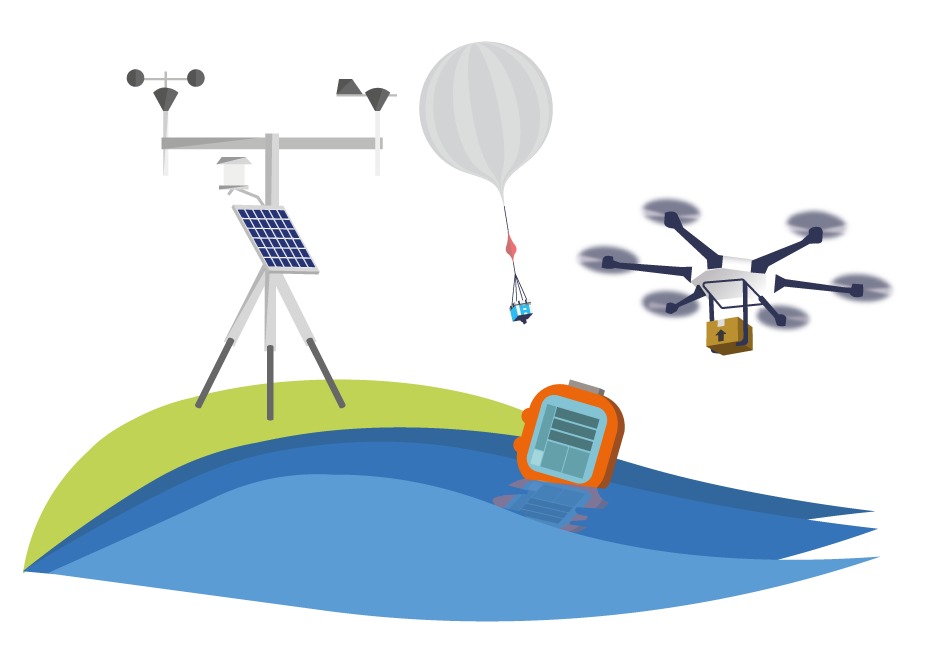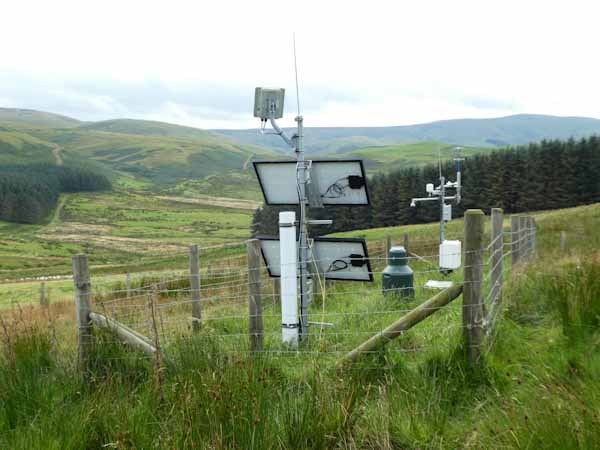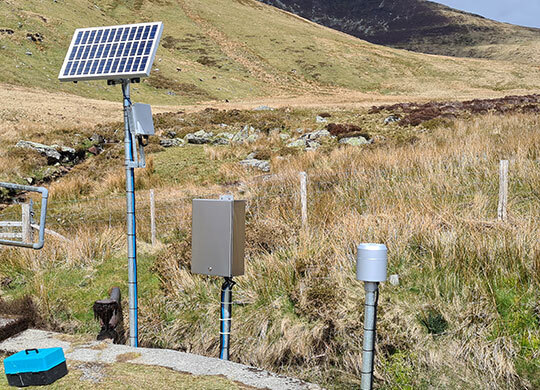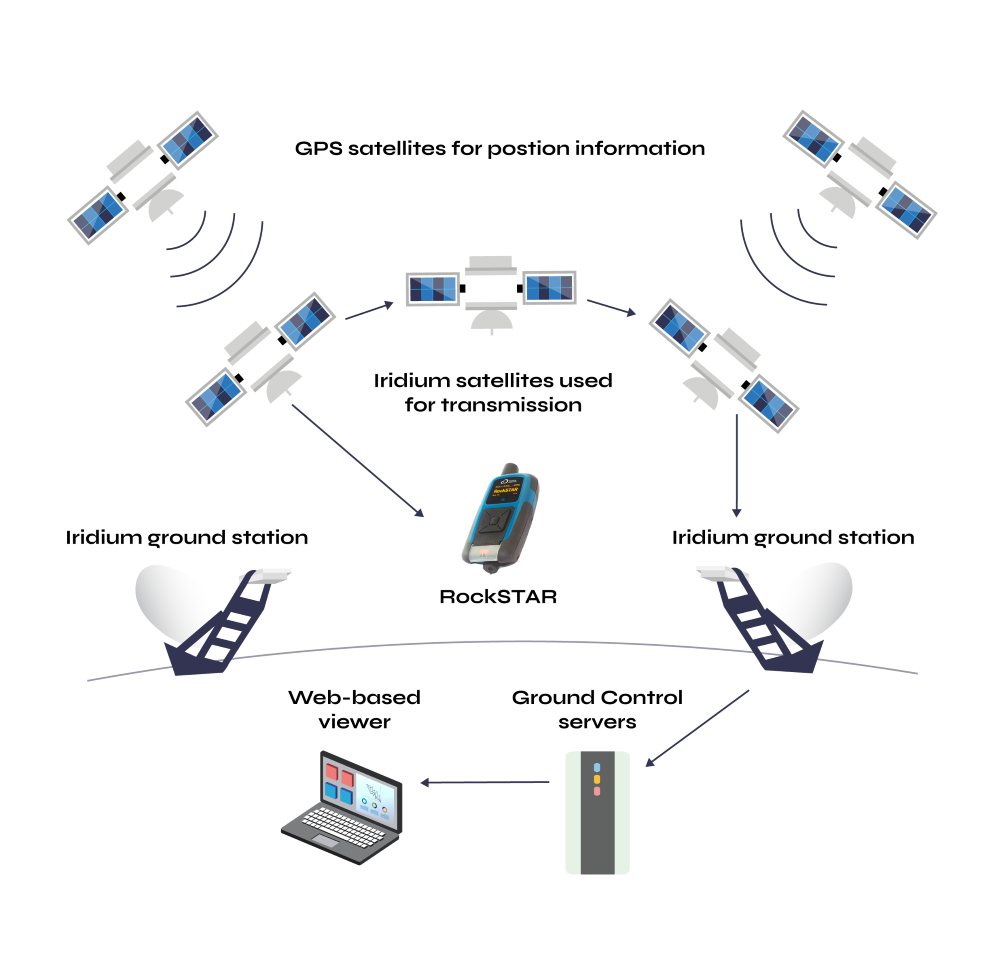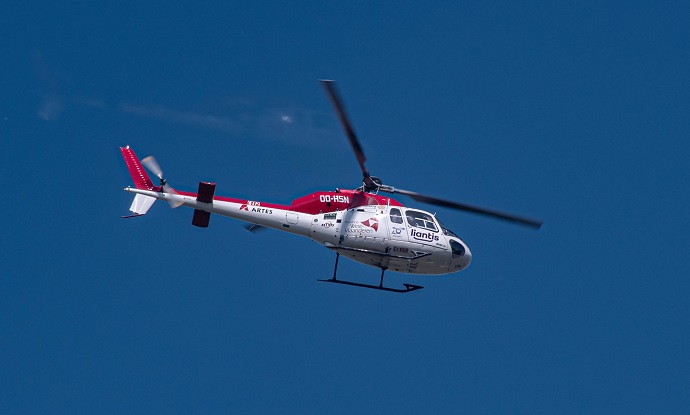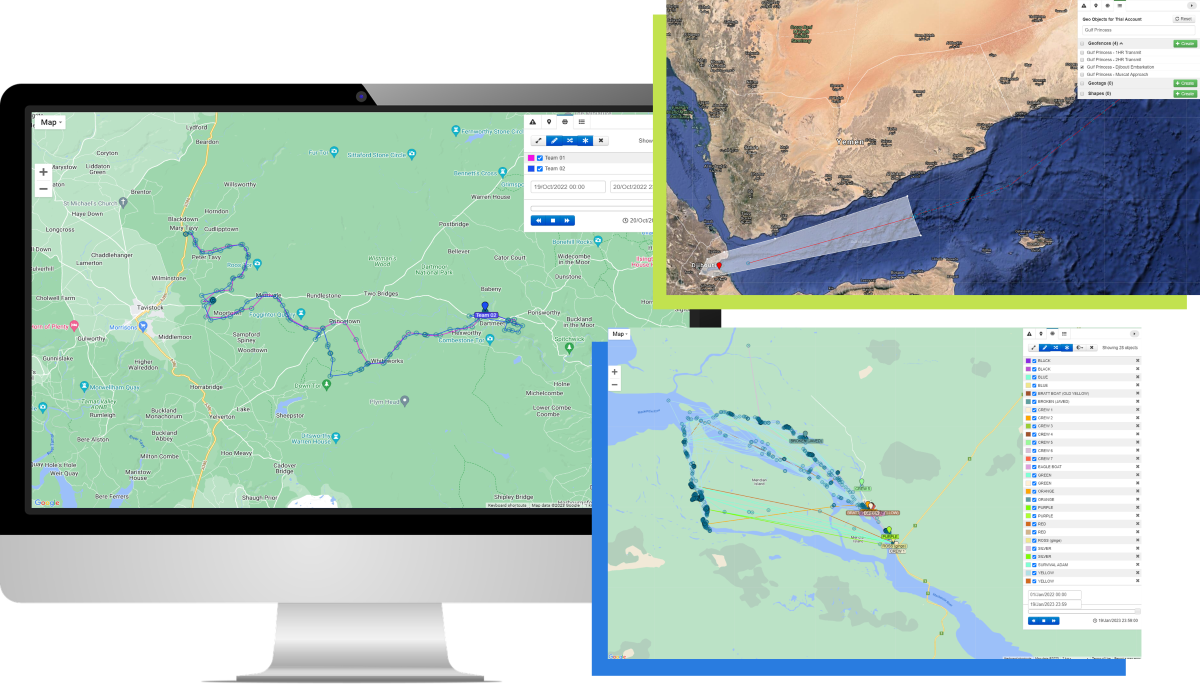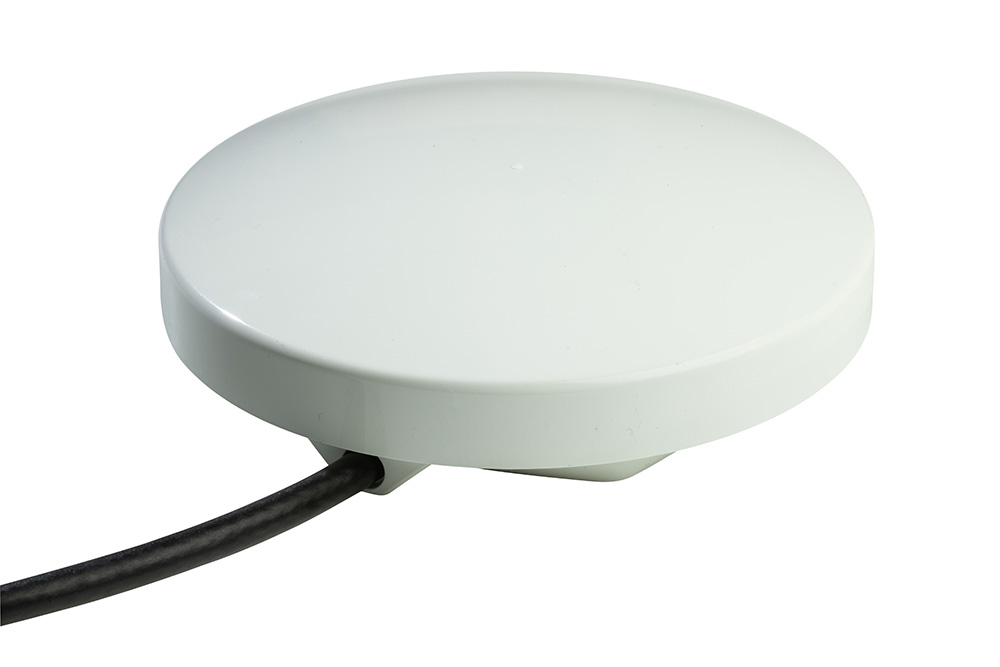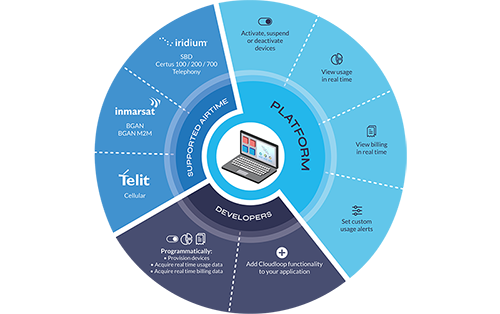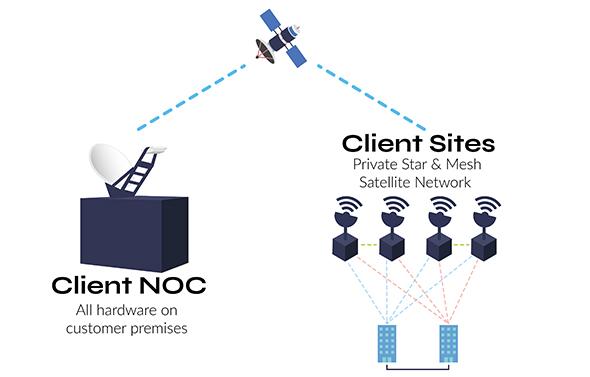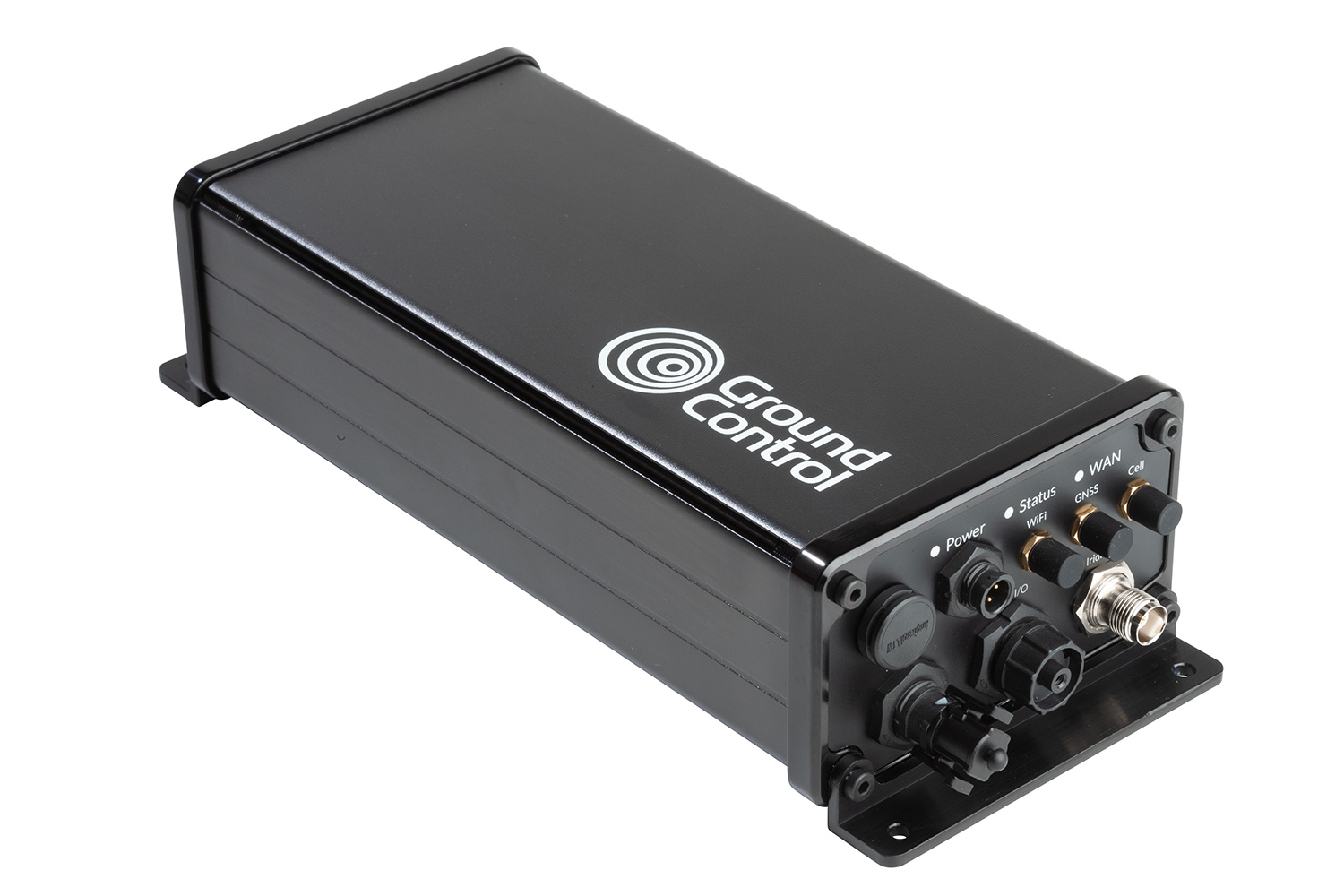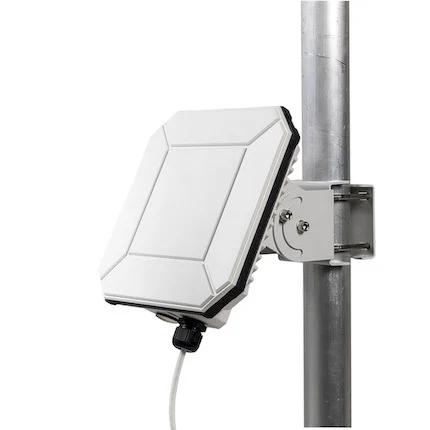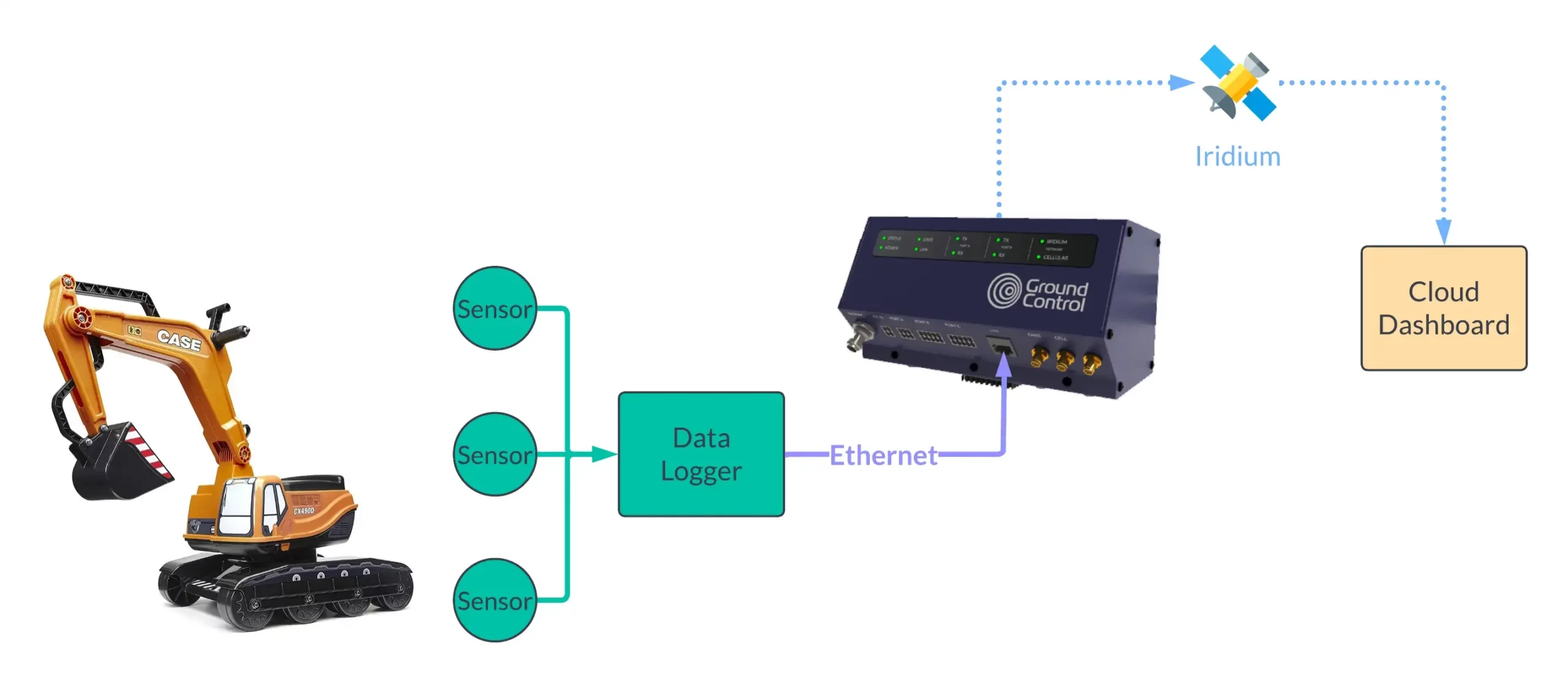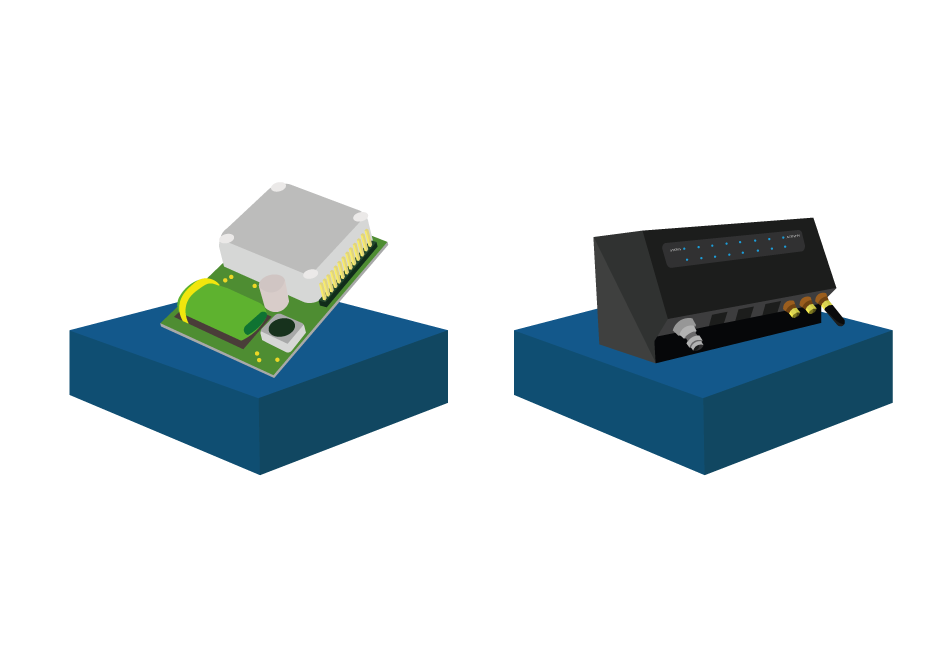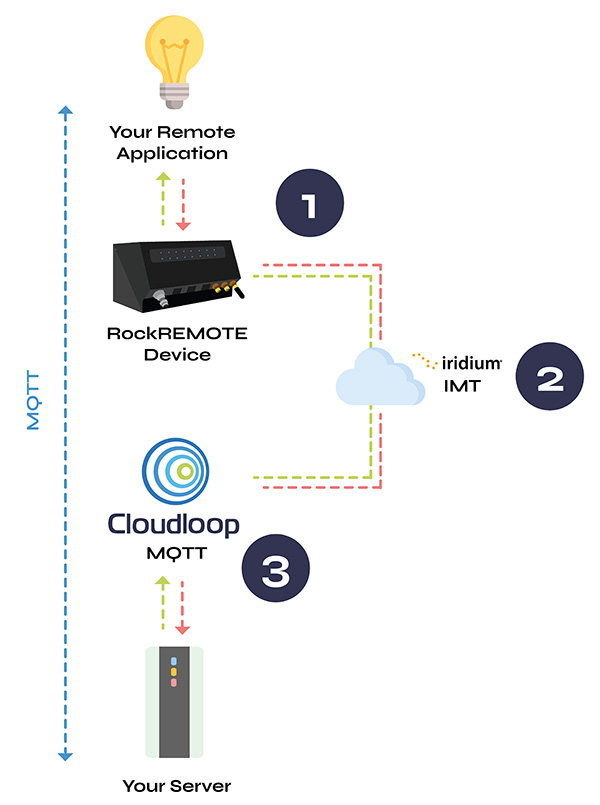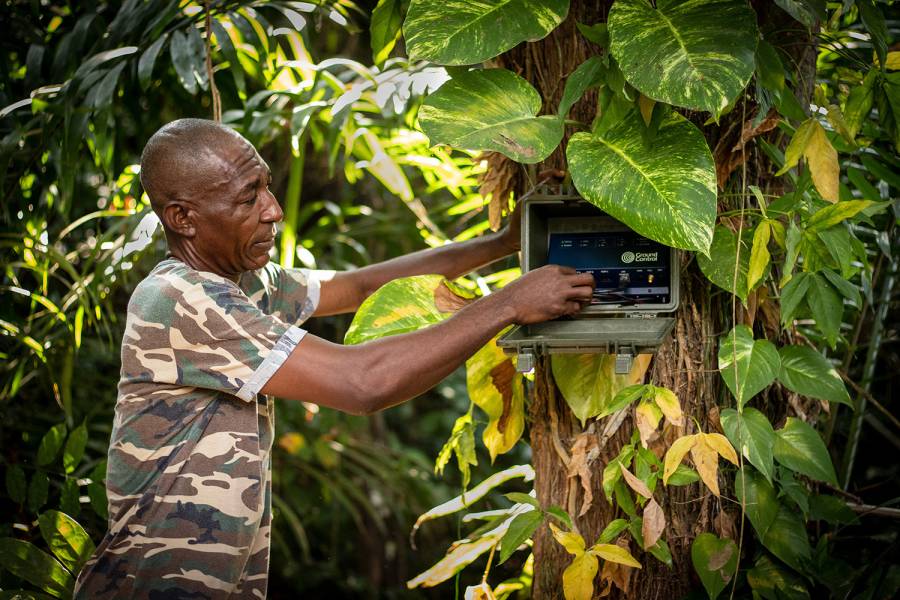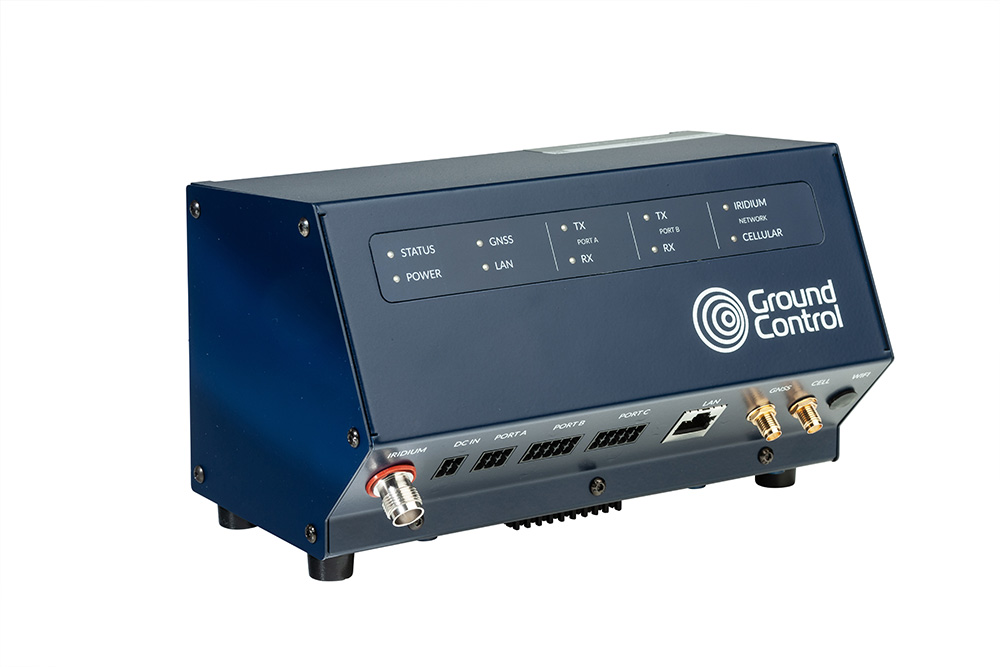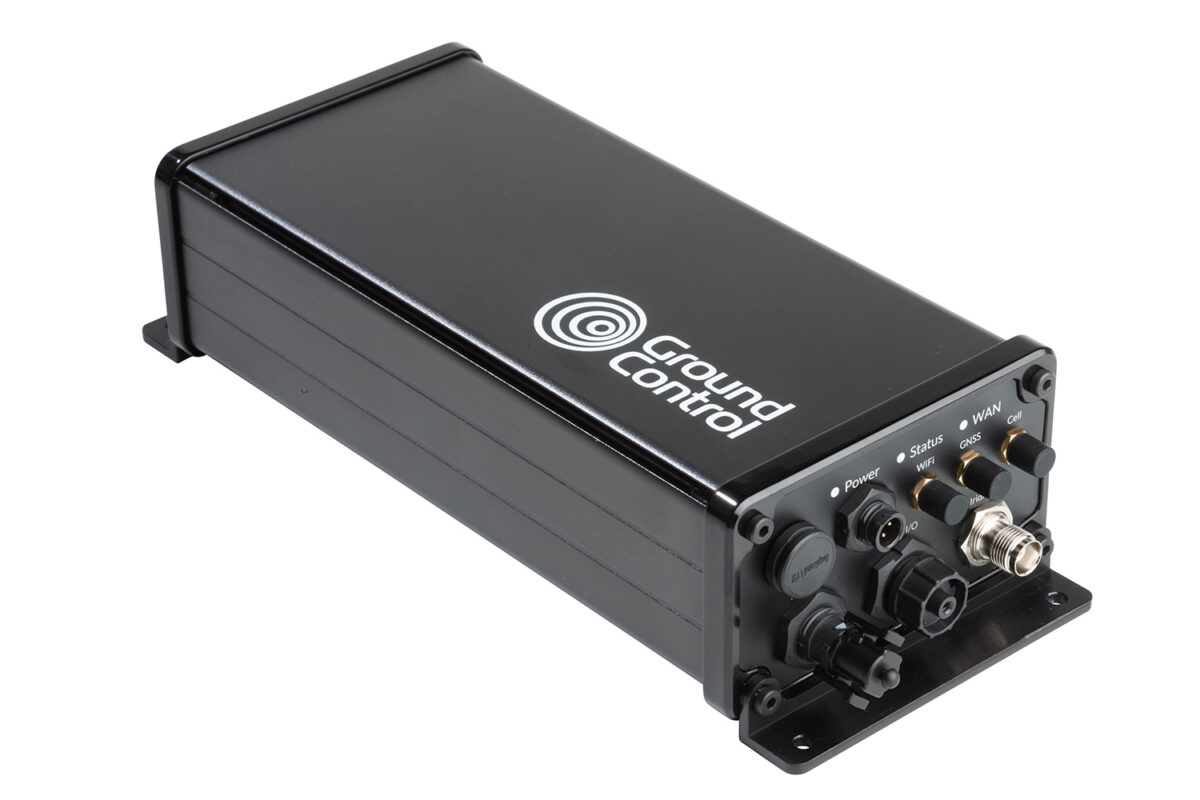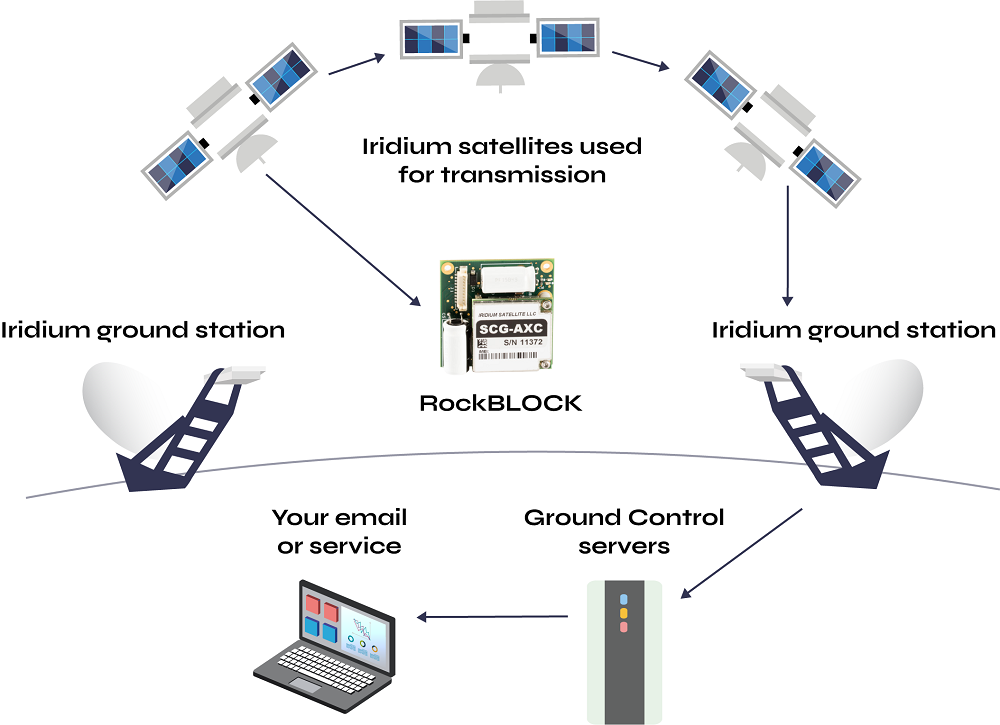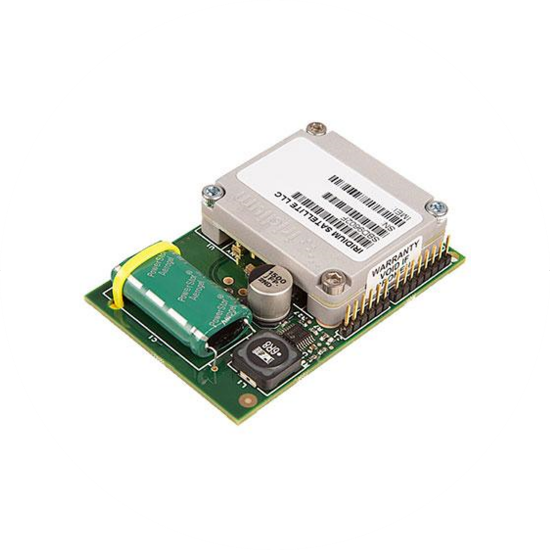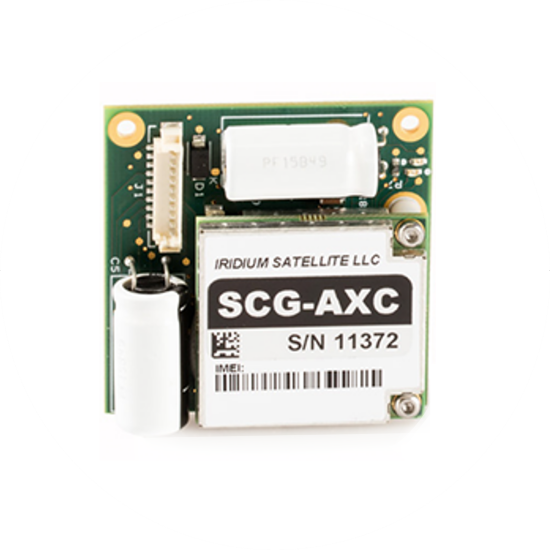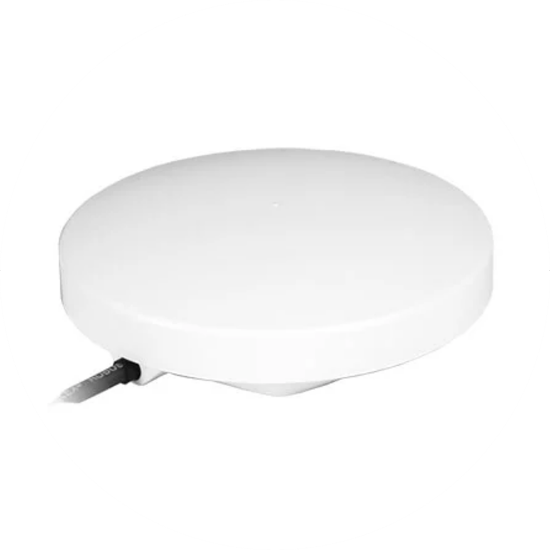Satellite IoT is rapidly moving from a niche service used by the wealthy few to an integral part of a broader IoT ecosystem. Its ability to transcend terrestrial constraints (e.g. roaming agreements and infrastructure) and provide seamless, reliable, continuous coverage on a global scale makes it invaluable in remote IoT applications, and as a backup to cellular / fibre-based connectivity.
The reasons for using satellite IoT haven’t changed in the last decade, but its take-up has grown dramatically, and is projected to continue to do so. A 2021 report from IoT Analytics estimated that the number of satellite IoT subscribers would grow from 5.1 million in 2021, to 13.5 million by 2026. One factor in the increased adoption is the larger number of options available to systems integrators: both from new entrants into the space (pun intended!) and from established players offering more diversified services. This has made the cost of sending IoT data via satellite viable for most applications.
Which is all great news for IoT engineers, but also makes the task of choosing a network and service within that network considerably more complex! The Ground Control team are here to help you navigate your options, so do contact us if you need any help; this post is aimed at helping you understand if Inmarsat’s BGAN M2M service would meet your needs. Here are 4 instances in which BGAN M2M is an excellent choice for your satellite IoT connectivity.
1. You have quite a bit of data to transmit
The BGAN M2M service offers data speeds of up to 464 Kbps, which is ample for most IoT applications. This will allow you to transmit not just multiple sensors’ data but images and even video, so it’s ideal if you have remote surveillance / security requirements, for example.
2. You need an IP-based service for ease of integration
BGAN M2M isn’t the only IP-based satellite IoT connectivity solution (see also Iridium Certus 100) but it is tried, trusted and very reliable with 99.9% network availability. While IP-based services are more data-hungry than message-based services, they have the benefit of being pretty much plug-and-play, and it’s possible to optimise your transmissions to manage costs better.
3. You need a highly cost-effective solution
Ground Control is Inmarsat’s first ELEVATE partner, which means we’ve access to great airtime rates for the BGAN M2M service. But even if that wasn’t the case, BGAN M2M is one of the most economical IP-based services available. Plus, many devices which utilise the BGAN M2M service are hybrid, able to switch between cellular and satellite depending on network availability. The Explorer 540 is a great example; this means you get continuous coverage but lowest cost routing.
4. You need a solution for use in hazardous environments
This isn’t a feature of BGAN M2M per se, but it just so happens that Cobham and Hughes, our trusted partners for BGAN M2M-enabled devices, have C1D2 certified products available – the Explorer 540 and the Hughes 9502 series. This is essential for many Oil and Gas users, as the certification is designed to prevent explosions and ensure worker safety.
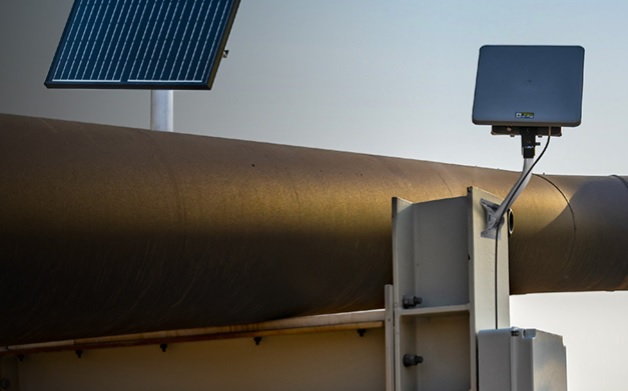

Contact us
When wouldn’t you use BGAN M2M?
1. If your data is in the polar regions
At the time of writing, Inmarsat has five satellites in geostationary orbit, covering most, but not all, of the globe. The polar regions aren’t covered, so if you have data collection requirements there, look at Iridium services instead. You can see a coverage map and learn more about Inmarsat’s development plans here.
2. If you need extremely low latency
Inmarsat’s satellite network is in geostationary orbit at 35,786 km above Earth. This means the time taken for a signal to be sent from your remote antenna to the satellite, then back to the ground station and from there to your system, is about 2 seconds. That’s not a lot, but satellites in low earth orbit (LEO) are orbiting the earth at approx. 780 kms, so the data has much less far to travel, and the latency is <1 second. If that's a requirement for you, look at the Iridium service as an alternative. Here's some more information about satellite orbit heights and how they impact connectivity.
3. Potentially, if your data logger is in a mountainous or forested area
BGAN M2M antennas need to be pointed at one of the satellites in geostationary orbit. This is a simple process; many of the terminals either auto-point or provide you with helpful beeps or LEDs to demonstrate when you have the optimal look angle. And once they’re locked on, it’s a very stable connection. However, if your remote sensor array is in a mountainous or forested area, it’s possible that you will struggle to find a look angle that allows you to connect with the satellite. This is fairly uncommon but if you’re unsure, have a chat with one of the Ground Control team about your location, and we’ll be either able to provide you with advice based on Google satellite images, or we can help you test devices in the field to make sure you get a strong, stable connection.
We hope this is helpful, but would encourage you to speak to us if you need any advice on the best device and airtime for your needs. Thanks for reading!
Get in touch
